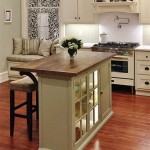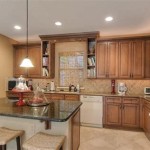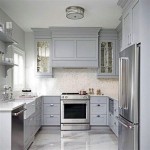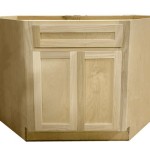Cabinet Knob Placement: A Guide for Shaker Cabinets
Shaker cabinets, known for their simple, clean lines and recessed panel doors, are a popular choice for kitchens and bathrooms. Their minimalist aesthetic requires careful consideration when choosing and placing hardware, such as knobs and pulls. Proper placement enhances both the functionality and visual appeal of these timeless cabinets.
Standard Knob Placement on Shaker Cabinet Doors
For standard Shaker cabinet doors, knob placement typically follows a few established guidelines. On upper cabinets, knobs are usually positioned in the corner opposite the hinges, facilitating easy opening. This placement maintains a balanced look while providing comfortable access. A distance of 2 to 3 inches from the corner of the door is generally recommended. This distance offers sufficient clearance for fingers while avoiding interference with the door frame during closure.
On lower cabinets, including drawers, knobs are commonly centered vertically and positioned 2 to 3 inches from the edge closest to the user. This centralized placement provides a symmetrical appearance and comfortable grip for pulling the drawer open. For wider drawers, two knobs can be used, spaced evenly across the drawer face. This provides balanced weight distribution and easier opening, especially for heavily loaded drawers.
Knob Placement on Shaker Drawers: Specific Considerations
Drawer height plays a role in determining the optimal vertical knob placement. For taller drawers, positioning the knob slightly higher than center may enhance ergonomics. This allows for a more natural hand position when opening the drawer. Conversely, on shorter drawers, centering the knob vertically is typically the best approach. The specific placement should prioritize ease of access and a balanced visual presentation.
The number of knobs on a drawer depends largely on its width. Drawers narrower than 18 inches generally require only one knob. However, for drawers wider than 18 inches, two knobs are recommended to ensure even weight distribution and prevent twisting or binding during operation. Two knobs also enhance the visual symmetry of wider drawers, contributing to a more harmonious cabinet design.
Alternative Knob Placement Options and Aesthetic Considerations
While standard placement guidelines provide a good starting point, alternative placements can be considered to achieve specific aesthetic goals or accommodate unique cabinet designs. For example, positioning knobs horizontally in the center of a Shaker door can create a modern, minimalist look. This placement deviates from the traditional corner placement but can complement certain design schemes.
Vertical placement on upper cabinets, though less common, can also create a distinctive visual impact. This placement aligns with the vertical lines of the Shaker style and can be particularly effective on tall upper cabinets. However, functionality should always be considered. Vertical placement might require more reaching or stretching, especially for higher cabinets.
Ultimately, the best knob placement depends on a combination of factors, including cabinet size and style, user preference, and overall design aesthetic. Careful consideration of these factors will result in a functional and visually appealing outcome.
Factors Influencing Knob and Pull Selection
Beyond placement, the choice between knobs and pulls also impacts the functionality and aesthetics of Shaker cabinets. Knobs offer a clean, minimalist look and are well-suited for smaller doors and drawers. Pulls, on the other hand, provide a more substantial grip and are often preferred for larger drawers and heavier doors. They can also add a touch of visual interest and contribute to the overall design style.
The finish of the hardware is another important consideration. Popular finishes for Shaker cabinets include brushed nickel, oil-rubbed bronze, and polished chrome. The finish should complement the overall color scheme and style of the kitchen or bathroom. For example, brushed nickel often pairs well with stainless steel appliances and cool-toned cabinets, while oil-rubbed bronze complements warmer tones and traditional designs.
The size and shape of the hardware should also be considered. Larger knobs or pulls can make a bold statement, while smaller, more understated hardware blends seamlessly with the minimalist aesthetic of Shaker cabinets. The shape of the hardware can also influence the overall style, from classic round knobs to more contemporary square or rectangular pulls.

Shaker Cabinet Hardware Placement Guide Use Pulls Knobs Correctly Modern Kitchen Cabinets Design Renovation

Cabinet Hardware Placement Guide For Shaker Cabinets

How To Place Cabinet Knobs Pulls
Cabinet Hardware Placement Where To Put Knobs And Handles Vevano

Learn How To Place Kitchen Cabinet Knobs And Pulls Cliqstudios

How To Install Handles And Knobs On Shaker Drawer Fronts True Position Tools

How To Choose The Best Cabinet Hardware Size And Placement Paddington

How To Properly Execute Cabinet Hardware Placement Van Dyke S Rers

Cabinet Hardware Placement Guide For Shaker Cabinets

Best Hardware For White Shaker Cabinets Lily Ann
Related Posts








